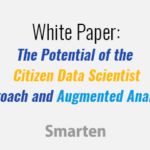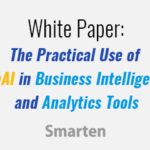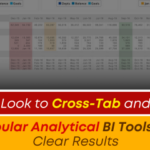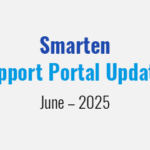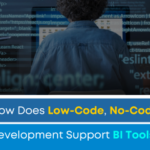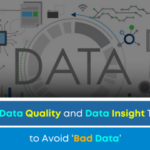
The Merriam-Webster dictionary defines the word ‘augment’ this way: ‘to make greater, more numerous, larger or more intense’. If you are wondering how this applies to the term ‘augmented analytics’, you are not alone. Let’s take a closer look at Augmented Analytics and talk about why it has gotten so much attention in the business intelligence world.
Think of it this way: Augmented Analytics automates data insight using machine learning and natural language generation. It automates data preparation and allows for easy data sharing. By leveraging sophisticated analytics techniques and algorithms in an automated environment, these solutions allow for advanced use, manipulation and presentation of data and simplify the analytical process for the average user, so that users are presented with clear results. As platforms and solutions have matured, augmented analytics has evolved into a self-serve environment, so that business users can leverage these sophisticated tools to get answers to questions, identify problems and opportunities and share data with other users.
The augmented analytics approach provides tools for better clarity and insight into and, as this approach evolves, it continues to change and disrupt the more traditional forms of analysis.
Augmented Analytics allows organizations to integrate data from numerous data sources and to use that data to analyze and display results in a clear manner so the business can make unbiased decisions and establish objective metrics. Users can compare results against plans and forecasts. By exploring and presenting data and using Data Science Modeling Techniques and auto-suggested data displays, the organization can identify key data points and trends. Users can leverage crucial business insight to build and sustain a competitive advantage, make decisions about market and product entries and assess team and project results, financials, HR and resources, partners and suppliers, industry and government compliance, data security and other critical business factors. Augmented Analytics Tools provides clear results in context so that users can drill down to find the root cause of a problem. These techniques allow users to identify a logical direction, analyze historical results and plan for the future. This approach supports user/data interaction by removing restrictive boundaries and enabling flexibility for analysis and reporting.
How Can Augmented Analytics Add Value to Business Intelligence?
There are numerous Benefits to Augmented Analytics approach to business intelligence and, with the right self-serve analytics and data discovery tool, the average enterprise can expand these benefits and add even more value. Here are just a few of the ways in which self-serve augmented analytics can add value to business intelligence.
- A self-serve augmented analytics solution allows analysts, data scientists and internal IT staff to focus on critical projects and to provide support for strategic issues, freeing them from focusing on the day-to-day analytical needs of the business community.
- Augmented analytics empowers business users and provides critical information that will allow them to focus on goals, provide objective metrics and enable data sharing to advance the interests of the business.
- Augmented Analytics provides complex, sophisticated techniques and tools in an easy-to-use interface to bring together data from disparate data sources and allow for confident, accurate decisions.
- Augmented analytics provides immediate, objective results and improves ROI and TCO.
- This approach to analytics ensures accurate business forecasting and predictions and provides metrics to ensure that appropriate decisions are made and that the business takes appropriate action regarding products and services, pricing, competition and other crucial business factors.
- Simplified augmented analytics tools improve user adoption, data sharing, the advancement of data popularity, the integration of social BI within the organization and data and metrics literacy.
A July 27, 2017 Gartner Report, entitled, ‘Augmented Analytics Is the Future of Data and Analytics’ (ID G00326012) predicts that, ‘by 2020, organizations that offer users access to curated catalog of internal and external data will derive twice as much business value from analytics investments as those that do not.’
This report provides insight into the future of the analytics market and the foundation of next-generation analytics as a crucial foundation for business success.
The world of data analytics is no longer restricted to IT, data scientists and analysts. If an organization is going to be productive and successful today it must allow its business users to access easy-to-use tools with sophisticated features and functionality so that the entire team can work from the same roadmap and stay on track.
Original Post: What is Augmented Analytics and Can it Add Value to Business Intelligence?



